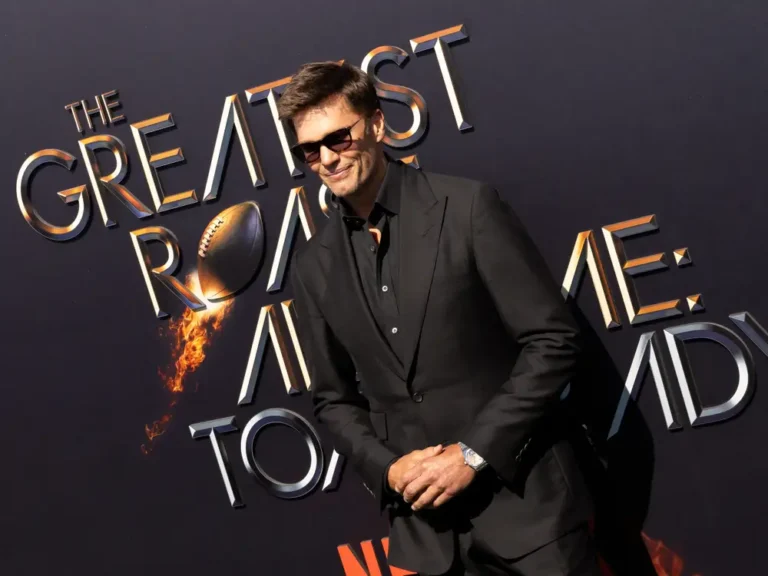‘Underdog’ Ryan Walker enjoying rise from 31st-round pick to SF Giants’ bullpen

Last spring, Giants pitching coach Andrew Bailey was giving manager Gabe Kapler a rundown of arms coming over from minor-league camp to round out their bullpen for one of their final exhibitions.
Something stood out in an otherwise unremarkable profile: 26-year-old right-hander, 31st-round draft pick, fifth year in the pros, hadn’t pitched more than 10 innings above Single-A.
“(Bailey) said, ‘It looks like he’s going to pick to third every time he delivers the baseball,'” Kapler explained. “I’m like, sure, sure.” I’m really looking forward to seeing this. So I was ecstatic to introduce him to the game, and sure enough, full crossfire, full across-the-body delivery.
“Sometimes something different is enough to get hitters out….” It’d be exciting to watch him make a name for himself.”
Speaking from the dugout of Scottsdale Stadium in April 2022, Kapler had to be reminded of the reliever he was referring to. Ryan Walker was the one.
Everyone in the organization now knows Walker’s name.
“It’s been kind of crazy,” Walker, now 27, said of his meteoric rise from 916th overall pick in 2018. “I was drafted in the 31st round.” You don’t have high hopes for guys like that…. In reality, I’ve always been a bit of an underdog.”
Walker, the Giants’ opener extraordinaire and Captain Crossfire, has carved out an unexpectedly important role on the pitching staff since being called up on May 19. He has a 2.45 ERA and has pitched in more games than anyone except Camilo Doval and Tyler Rogers.
The Giants’ bullpen success this season has been remarkable — 15-7 after losses in their last two — thanks in large part to Walker, who has opened eight of them, more than anyone on the staff except John Brebbia.
They had gone undefeated in the previous seven games. Walker started up until Wednesday’s loss to the Angels, and he wasn’t to blame for his first blemish: He pitched a scoreless first inning, striking out three batters, including Shohei Ohtani.
“It’s been fun to be able to kind of have a role in the bullpen,” Walker said. “It makes you feel a lot more involved.” …
“At first, I didn’t like (the opening). It wasn’t that I disliked it; it was just not my favorite. It’s distinct. But now that I’ve done it more, it’s not just the success; it’s also like, cool, you get to set the tone without having to be a starter and go eight innings.”
Walker was called up alongside first-round pick catcher Patrick Bailey, and neither has been sent down since.
Of course, Walker was overshadowed even in his major-league debut. Welcome to the world of a 31st-round draft pick.
“I thought I’d come up and no matter how well I played, they’d have a specific date in mind and I’d go down on that day,” Walker explained. “It’s becoming less and less necessary for me to look behind my back to see if I’m going to back down.”
Walker, who grew up in rural Arlington, Washington, about an hour north of Seattle, did not follow the typical path that leads to a Division-I scholarship. His mother worked as a dental assistant, and his father as a property manager. While other young prospects traveled the country attending camps and playing in front of scouts and college coaches, Walker stayed in Washington.
“Very middle class,” he explained. “However, they made it work.” They gave everything they had to allow me to play and get me to where I needed to be. … I never had the financial means to participate in those high-end select leagues and gain all of this exposure. We had to take a different path, and it worked out.”
He developed the crossfire motion at Washington State, which drew the attention of Giants coaches.
Major leaguers rarely use this motion. While it adds deception, the mechanics are more difficult to perfect and repeat, which limits a pitcher’s ability to locate. Chris Sale used it effectively from the left side, and it helped launch the career of another previously unknown Giants reliever, Sergio Romo.
“You don’t see it very often from either side,” said catcher Blake Sabol. “But nothing quite like (Walker’s).”
Pitchers’ mechanics are typically coached out of them when they are younger, which is why there are so few in the big leagues, but Walker claims he has never been pushed in a different direction. Even if he wanted to, he probably wouldn’t be able to change.
“If you put a line right down the middle of the mound and say try to land on this line, I never really could,” he explained. “I’ve always been able to be semi-successful with it, so it was never a problem.”
Jeff Nelson, a former reliever with the Yankees and Mariners, came to mind for Kapler on that April morning last spring.
“I’d rather face Mariano Rivera than Jeff Nelson,” Kapler said. “Different is good in baseball.”
What are Kapler’s odds against Nelson? There were eight at-bats, four strikeouts, and no hits.
Here are a few Walker’s to consider: The rate of hard contact made against him this season is 25.7%. In other words, Walker generates weak contact from three-quarters of the batters he faces, the fourth-best rate in the majors.


